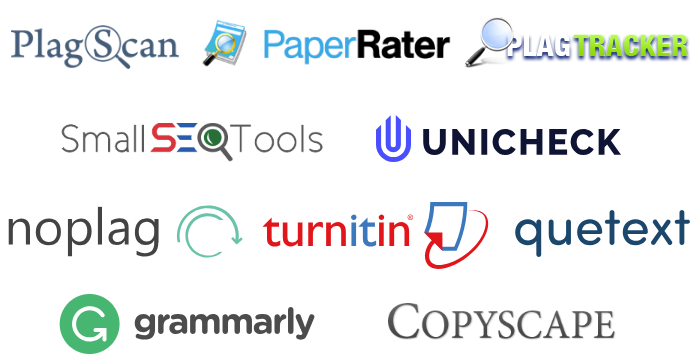JOURNALS INDEXING
It is important to know if a journal is indexed before you submit a manuscript. Here is a quick guide to know if your journal is indexed or not. Indexing usually reflects the quality of a journal. Nowadays, many institutions require a journal to be indexed especially in ISI in order to consider the publication for either applications of postgraduate programs applicants or faculty promotions.
INDEX MEDICUS/MEDLINE/PUBMED
- Just go to https://www.ncbi.nlm.nih.gov/nlmcatalog/
- Choose NLM Catalog from the dropdown menu next to the search box
- Enter the journal name
- Click on the journal name in search results
- Scroll down to the “In” field. You will see if the journal is indexed in any of the databases.
SCOPUS
- Go to https://www.scopus.com/sources
- Enter the journal name in the search box
- If the journal name appears in the search results, it is indexed
Instead of entering a journal name, you can alternatively search for journals in a specific specialty. Just enter the specialty’s name like “cardiology” or “periodontics”.
EBSCO
- Go to https://www.ebsco.com/title-lists
- Look for the specialty you need like “Medicine” or “Dentistry”
- Click on “Excel” or “HTML” that appears next to coverage list
- Check the indexing start date and stop date for the journal of interest
- Make sure that indexing stop date is empty otherwise, it means that the journal is not indexed in EBSCO anymore
EMBASE
- Go to https://www.elsevier.com/solutions/embase-biomedical-research/embase-coverage-and-content
- Download the list of journals. Alternatively, you can download the list of journals for 2017 here.
CLARIVATE ANALYTICS (PREVIOUSLY KNOWN AS THOMSON REUTERS/ISI)
- Go to http://mjl.clarivate.com/
- In the search field, write the full journal name and choose “Full Journal Title” from the dropdown menu next to the search box
- Click on coverage below the journal name in the results
- If Science Citation Index appears, this means it is index (image below)
 Alternatively, you can click on “Science Citation Index” before searching and click on visit list.
Alternatively, you can click on “Science Citation Index” before searching and click on visit list.
That was a quick guide for journals citations. It is a useful source for academicians and postgraduate programs applicants.
